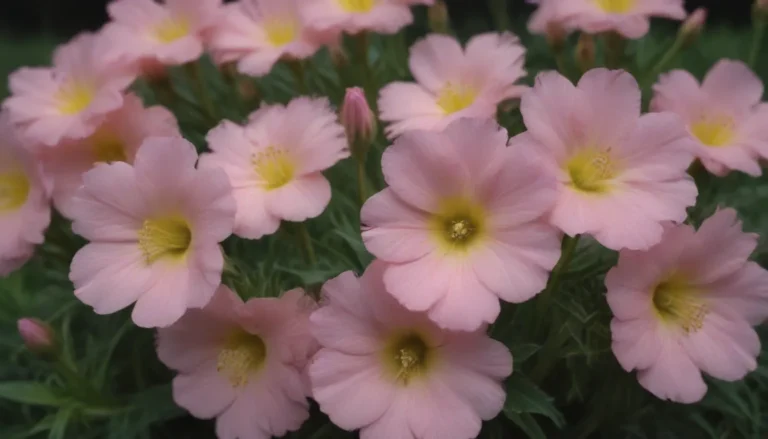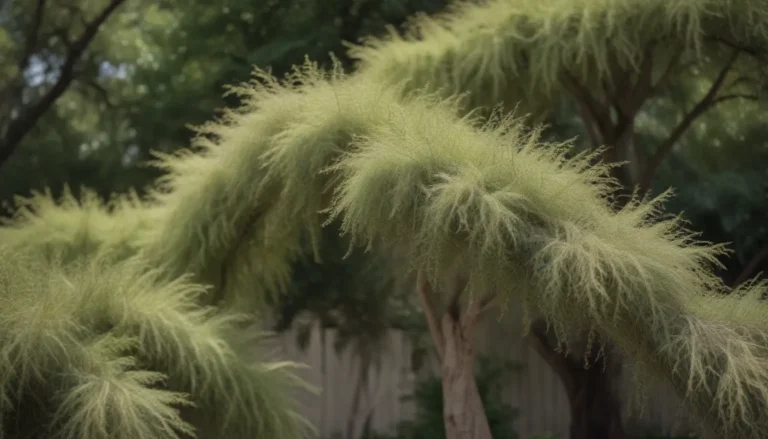The Complete Guide to Growing and Caring for Red Oak Trees

Red oak trees, scientifically known as Quercus rubra, are majestic trees that offer excellent shade and stunning fall foliage. Native to the east coast of North America, these trees can grow to be quite large, reaching heights of around 75 feet and widths of 40 to 60 feet. With a lifespan of 150 to 500 years, red oaks are not just visually appealing but also play a crucial ecological role by hosting several pollinators such as Juvenal’s duskywing, banded hairstreak, Clymene moth, imperial moth, and the rosy maple moth.
Why Plant Red Oak Trees
Planting a red oak tree can be a rewarding experience, especially if you live in the American Northeast. In addition to being aesthetically pleasing and providing excellent shade, red oaks are valuable for their ecological importance. These trees support a variety of wildlife and contribute to the overall health of the environment. Whether you are a seasoned gardener or a novice, caring for a red oak tree can be a fulfilling endeavor.
Red Oak Care Tips
Caring for a red oak tree is relatively straightforward once the tree becomes established. By following some basic care guidelines and keeping an eye out for any potential issues, you can ensure the health and longevity of your red oak tree. Here are some essential care tips for growing a red oak:
Light
- Red oaks thrive in full to partial sunlight. Ensure that your tree receives an adequate amount of sunlight to support healthy growth.
- Plant your red oak in a location that allows its canopy to receive sunlight, even if it is planted near other trees.
Soil
- While red oaks are not overly particular about soil conditions, they prefer sandy, well-draining soil that is slightly acidic.
- Test the pH of the soil before planting to determine if any adjustments are needed. Avoid adding more than an inch of soil over the tree’s roots to ensure proper aeration.
Water
- During the first few years of growth, water your red oak tree weekly to help establish its roots. Provide approximately 10 gallons of water per inch of trunk diameter, especially during dry periods.
- Once the tree is established, natural rainfall should be sufficient to meet its water needs. Avoid overwatering as this can lead to root rot.
Temperature and Humidity
- Red oaks are hardy trees that can withstand cold winters and hot, humid summers. They are suitable for USDA hardiness zones 4-8.
- As climate patterns shift, red oaks are adapting to new environmental conditions while remaining resilient in their native habitats.
Fertilizer
- In most cases, red oak trees do not require additional fertilization. However, if the tree shows signs of nutrient deficiencies, a slow-release fertilizer can be applied to address the issue.
- Test the soil to determine any deficiencies and choose an appropriate NPK formulation to provide the necessary nutrients for optimal growth.
Types of Red Oak Trees
Red oak trees belong to the red oak group, characterized by leaf lobes with pointed tips and acorns that take two growing seasons to mature. Some common members of the red oak group include:
- Willow oak (Quercus phellos)
- Scarlet oak (Quercus coccinea)
- Black oak (Quercus velutina)
- Pin oak (Quercus palustris)
Pruning Tips for Red Oak Trees
Proper pruning is essential for maintaining the health and appearance of a red oak tree. Here are some tips to consider when pruning your red oak:
- Prune during the dormant season to minimize the risk of oak wilt disease transmission.
- Remove dead, diseased, or damaged branches using sterilized pruning tools to prevent the spread of infections.
- Prune away old and weak wood to promote air circulation and light penetration within the tree canopy.
- Avoid pruning more than one-third of the tree’s canopy in a single season to prevent stress on the tree.
Propagating Red Oak Trees
Growing red oak trees from acorns is a common method of propagation. Here are some steps to follow when planting a red oak tree from an acorn:
- Dig a planting hole twice as wide as the seedling pot and deep enough to accommodate the tap root without bending.
- Place the tree in the hole with the root collar at ground level and backfill with soil.
- Water the tree immediately after planting to help establish its root system.
Overwintering Tips for Red Oak Trees
Red oaks are cold-hardy trees that can tolerate freezing temperatures in their native habitats. To protect newly planted trees during the winter months, consider applying a layer of mulch or straw over the root zone to insulate the roots against the cold.
Common Pests and Diseases of Red Oak Trees
While red oak trees are relatively resilient, they can be susceptible to certain pests and diseases. Here are some common issues to watch out for:
- Oak leaf blister: A fungal infection that causes water blisters on the leaves, leading to midsummer leaf drop. Maintain tree health and consider fungicide treatment for young trees.
- Bacterial leaf scorch: A condition that affects water uptake, resulting in leaf yellowing, browning, and dieback. Remove infected trees to prevent the spread of bacteria.
- Fungus cankers: White and brown growths on the bark that can be pruned away using sterilized tools. Monitor for signs of oak wilt, a deadly disease that requires prompt removal.
Addressing Common Problems with Red Oak Trees
Despite being relatively low-maintenance, red oak trees can face challenges that may impact their health and appearance. Here are some common problems and solutions for red oak trees:
Browning of Top Leaves
- Oak wilt is a severe fungal disease that can cause the browning of tree crowns and eventual death. Prompt removal is recommended to prevent the spread of the disease.
- Monitor for signs of beetle activity and prune strategically to minimize the risk of infection.
Pale or Unseasonal Yellowing of Leaves
- Chlorosis can cause deep green leaves to turn pale or yellow due to alkaline soil conditions. Adjust soil pH by adding sulfur as needed to promote healthy leaf coloration.
- Conduct a soil test to determine the appropriate amount of sulfur needed for effective soil amendment.
Powdery White Leaves
- Powdery mildew can lead to distorted leaves and premature leaf drop. Treat young trees with fungicide if heavily infected, and ensure proper air circulation to prevent future outbreaks.
- Mature trees may not require treatment but should be monitored for signs of fungal infection.
In conclusion, red oak trees are valuable additions to any landscape, offering beauty, shade, and ecological benefits. By following proper care guidelines, addressing potential issues promptly, and staying vigilant for signs of pests or diseases, you can enjoy the many rewards of growing and caring for a red oak tree. Whether you are a seasoned arborist or a novice gardener, the experience of nurturing a red oak tree can be immensely gratifying and contribute to the overall health of your outdoor environment. Remember to enjoy the process and celebrate the beauty of these remarkable trees!





